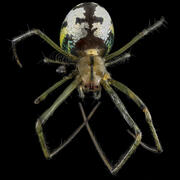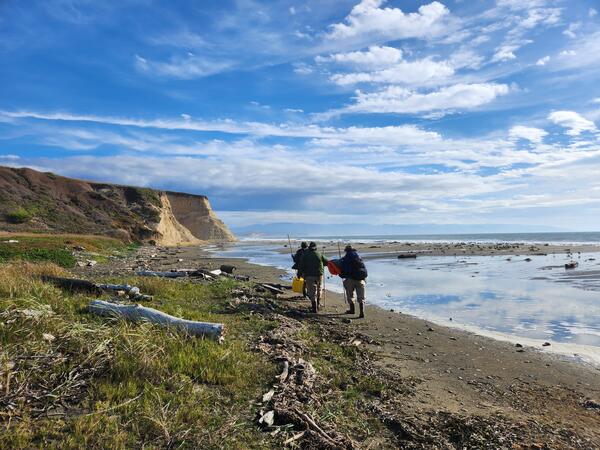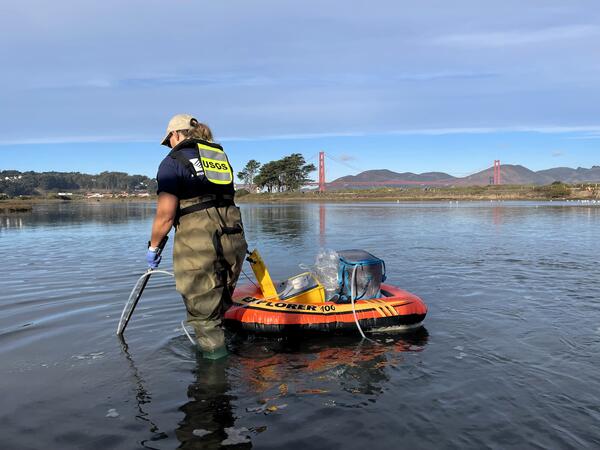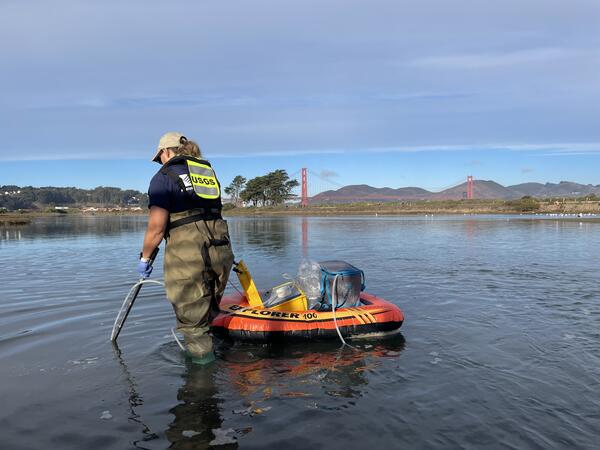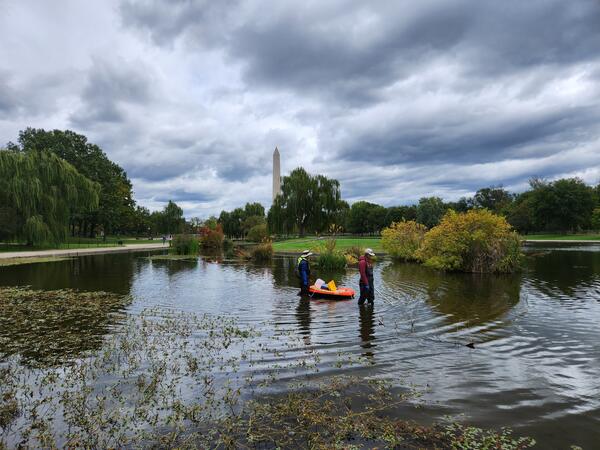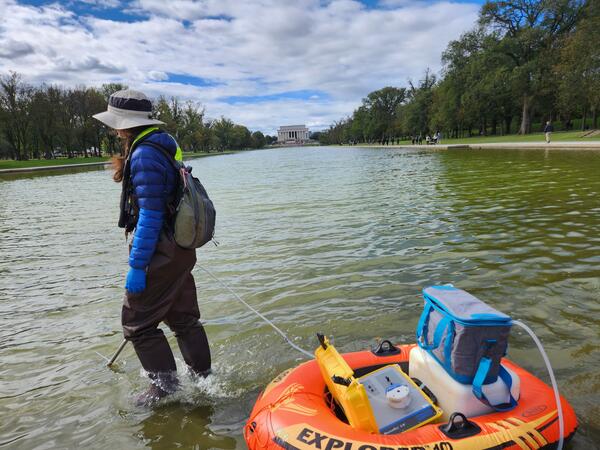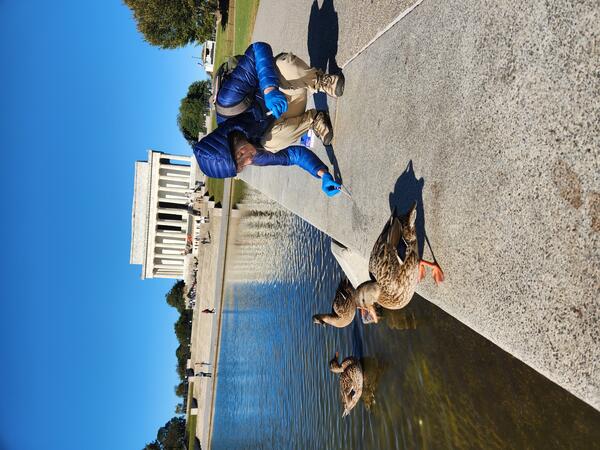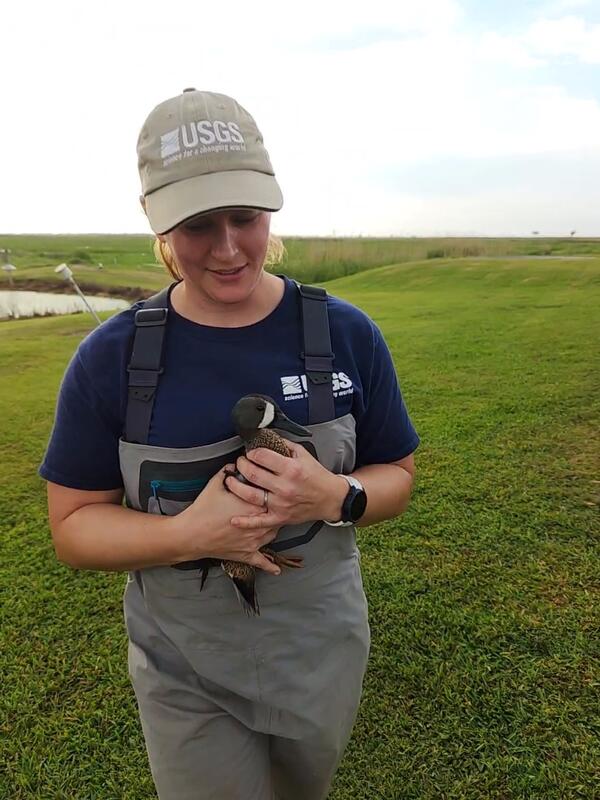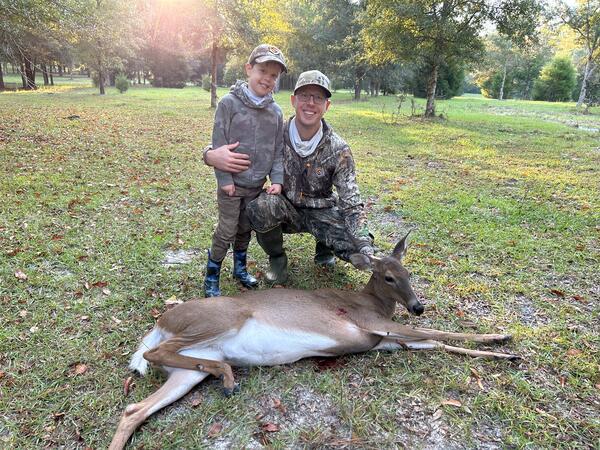Laura Hubbard earned a B.S. in Geological Sciences from the University of Wisconsin and an M.S. in Earth Sciences (Hydrology) from Indiana University. She began her career at the USGS as a student trainee assisting urban non-point and rural edge-of-field runoff projects. Beginning in 2007, she led projects examining nutrient retention in restored and native oxbow wetlands. Shortly after she began working on projects focused on contaminants of emerging concern, including characterizing chemical and microbial contaminants from animal feeding operations and the hydrological, chemical, and biological effects of eliminating a wastewater treatment facility discharge from an urban stream ecosystem. As a co-lead of the Food Resources Integrated Science Team within the USGS Ecosystems Mission Area, she has led and coordinated national studies investigating agricultural and urban contaminants in groundwater, surface water, and plant and animal tissue including viruses, bacteria, pathogens, per- and polyfluoroalkyl substances, disinfection by-products, pesticides, and pharmaceuticals.


